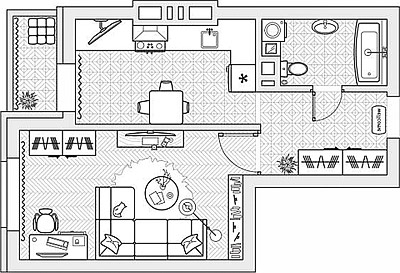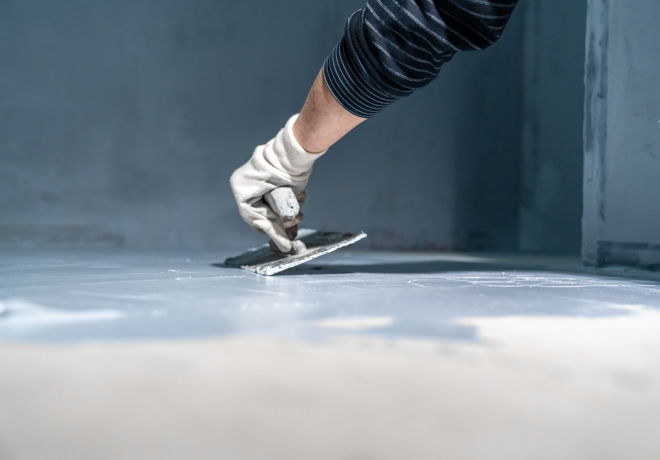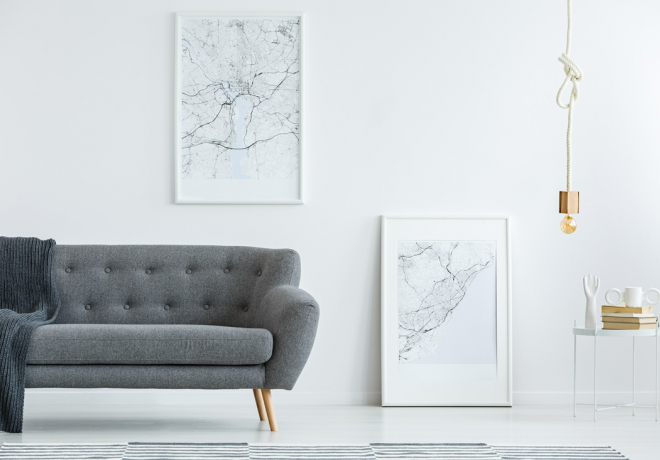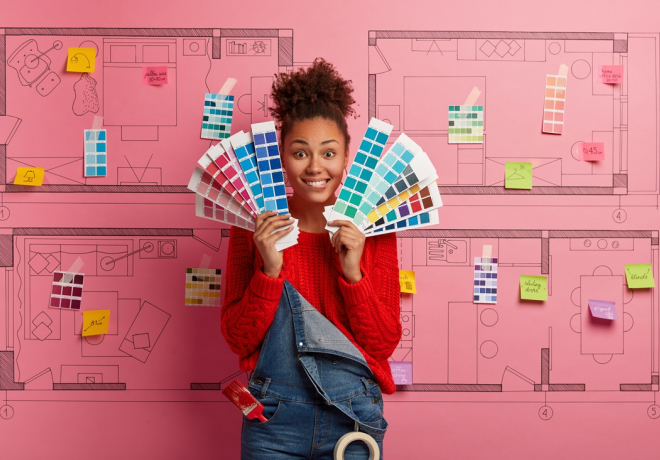Your go-to resource for expert insights and carefully curated professional advice. Plan your renovation with confidence and ease
Safety and Ergonomics in a Child’s Room: What to Consider Before Renovation Begins
15.08.2025, 10:28 GMT Views: 1134 Likes: 58
How to design a safe, ergonomic, child-friendly room from the start.

When designing a child’s room, many people start with colors, themes, and picture-perfect Pinterest ideas. But before you hang the curtains or pick out that adorable animal-shaped lamp, it’s crucial to think about something far more important — safety and ergonomics. A room that looks beautiful but ignores a child’s physical needs or basic safety isn’t just a missed opportunity — it can pose real risks.
Whether you’re designing a space for a baby, a toddler, or a growing school-aged child, these are the essentials you need to think through before the first coat of paint goes on the wall.
1. Distances, Heights, and Growing Bodies
Children’s bodies change rapidly, and a room that’s comfortable now may become impractical or even dangerous within a year or two. That’s why planning for scale and growth is crucial.
Here are some ergonomic rules of thumb:
- Leave enough space between furniture: At least 60–70 cm between pieces allows easy movement (even when toys are scattered on the floor).
- Adjust furniture height to the child’s size: For example, a chair where their feet can rest flat on the floor promotes good posture, and a desk that doesn’t strain the shoulders helps avoid tension or fatigue.
- Design for independence: Place hooks, shelves, and storage at a height a child can reach — this not only boosts self-confidence but also reduces the need to climb on furniture.
- Leave room to grow: Choose adjustable desks and chairs, beds that extend, and wardrobes with double-height hanging rods or movable shelves.

Tip: Digital planning tools like Remplanner let you test various furniture sizes and distances in a virtual 2D and 3D model — so you can simulate how the space will evolve as your child grows. It’s easier to make smart decisions when you see the room from a child’s perspective before you build it.
Ergonomics isn’t just about comfort — it’s about helping a child feel capable in their own space.
2. Safe Materials, Fixtures, and Layouts
Safety in a child’s room starts with the materials you use and the small details that adults often overlook. A gorgeous room with sharp corners or unstable furniture is not worth the risk.
Checklist for a child-safe space:
- Rounded edges only — on beds, desks, shelves, and tables.
- Secure all tall furniture to the wall to prevent tipping.
- Use non-toxic paints and finishes — especially for surfaces children touch or chew.
- Avoid glass in decor, mirrors, or picture frames within reach.
- Cover electrical outlets and avoid placing cords within grabbing distance.
- Choose soft rugs with non-slip backing to cushion falls and minimize slipping.
- Install window guards or limiters if the room is above ground level.
And remember: kids explore with their whole bodies. If it can be climbed, pulled, poked, or jumped on — it will be. So ask yourself: is this safe when approached like a jungle gym?

Important: Safety shouldn’t stop at the child’s bedroom door. During early childhood — when mobility increases but awareness of danger is still developing — it’s wise to evaluate safety across the entire home. That doesn’t mean you have to redesign every room or replace your existing furniture. In many cases, simple solutions like adhesive corner protectors, anti-tip furniture straps, and outlet covers can make shared living areas much safer without altering your style. These small upgrades offer big peace of mind — especially in spaces where your child plays, eats, or interacts with adults.
3. Lighting That Supports Health and Focus
Light does much more than brighten a room. It influences mood, energy, sleep cycles, and even behavior. In a child’s room, lighting should support both safety and development.
Here’s how to get it right:
- Maximize natural light by placing the bed or study area near a window — just make sure to use blackout curtains or shades to regulate sleep.
- Layer your lighting:
- Ceiling lights for general visibility
- Wall sconces or bedside lamps for soft evening light
- Desk lamps with adjustable heads for focused tasks
- Avoid harsh, cold white lighting — aim for warm white (2700K–3000K) to mimic natural sunlight and promote calm.
- Motion-sensor nightlights can help young kids navigate the room safely at night.
Pro tip: Planning electrical outlets and light placement in Remplanner means you won’t end up with cords stretched across play areas — or a desk stuck in the only dark corner of the room.
Finally, consider dimming options — they allow you to adjust brightness according to time of day, mood, or activity.
4. Smart Solutions for Safer, Smarter Spaces
Sometimes the smallest details make the biggest difference. These practical design choices combine functionality with peace of mind:
- Low open shelving encourages safe, independent access to books and toys.
- Soft floor mats or large area rugs reduce injury risk during play and crawling stages.
- Built-in furniture (like desks, beds, or wardrobes) reduces the chance of tipping and makes cleaning easier.
- Hooks for bags and clothes at child height promote independence and reduce floor clutter.
- Magnetic or soft-close drawers prevent pinched fingers.
- Curtains instead of blinds eliminate strangulation risk from cords — if you must use blinds, choose cordless or secure cord systems.
- If your child has allergies, opt for hypoallergenic fabrics and dust-resistant materials for upholstery and bedding.
5. Designing for Today — and Tomorrow
A truly ergonomic and safe room doesn’t just protect your child now — it supports their growing body, developing habits, and need for autonomy. By prioritizing freedom of movement, comfort, and safe exploration, you create a space that encourages learning, confidence, and peace of mind.
Before you choose wallpaper or pick out a desk, ask yourself:
- Can my child use this room without adult help?
- Is there anything that could fall, break, or cause harm?
- Will this layout still make sense in two or three years?
If the answer is yes, you’re on the right track.
And if you're unsure, a digital planning tool like Remplanner can help you preview changes — from adding a study corner to reconfiguring furniture — so you can adapt the room as your child grows without starting from scratch.
Conclusion
Safety and ergonomics are the invisible heroes of great design. They may not make the headlines on mood boards, but they quietly shape how a child interacts with their environment — how confidently they move, how well they rest, and how secure they feel. A well-planned space allows your child not just to sleep and study, but to explore and grow — with fewer bumps along the way.
So before you decorate, design with purpose. And if you want to feel fully confident in your decisions, consider using Remplanner to map out your child’s room in detail. Because when a room is built around the real needs of a child’s body and mind, everything else — color, theme, style — can shine even brighter.
 Antonella
Antonella




